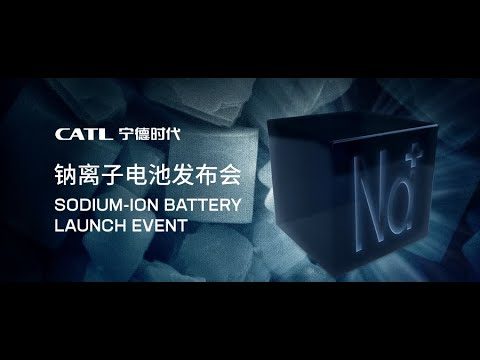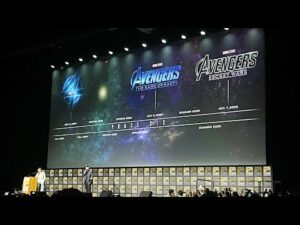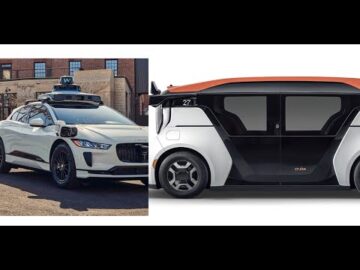CATL has achieved a mix of sodium ion and lithium ion which allows them to complement each other and thus increase the energy density of the battery system. This will help the transition to sodium ion batteries by using them at scale for suitable range electric cars and energy storage. Sodium-ion batteries will definitely become the next generation of batteries for low-speed EVs and energy storage.
CATL unveiled its first-generation sodium-ion battery on July 29, 2021, saying a single cell’s single energy density had reached 160Wh/kg and say they will have a second generation battery with 200 Wh/kg of energy density. Currently, Lithium iron batteries have energy energy density of about 280-350 Wh/kg.
CAT first-generation cells cost $77 per kWh. With volume production could drop to below $40 per kWh. The sodium battery cells can be manufactured using current cell production equipment, which will help keep costs down. A hybrid mix of $40 per kwh hour sodium ion batteris and $80 per kwh lithium iron phosphate batteries would be $60 per kWh for the overall pack. It will ensure the rapidly reaching capacity forfixed storage sodium ion battery applications.
* Energy density of up to 160 Wh/kg with up to 200 Wh/kg expected in a few years.
* Fast charging up to 80% SOC in 15 minutes at room temperature.
* Excellent thermal stability.
* Excellent low temperature performance — at -20°C, the sodium-ion battery has a capacity retention rate of more than 90%.
* System integration efficiency of 80% (weight or volume of cells versus weight or volume of battery pack).
The AB battery system solution can compensate for the current energy density shortage of the sodium-ion battery, and also expand its advantages of high power and performance in low temperatures. Thanks to this innovative structure system, application scenarios for the lithium-sodium battery system are expanded.


CATL says it has developed new battery management systems that will integrate lithium and sodium batteries in the same battery packs. That means manufacturers could create battery packs tailored to meet the needs of drivers in various climates — more sodium cells in Minneapolis, fewer of them in Mobile. More sodium cells also means cars could utilize more electricity from regenerative braking on cold days.
At the sodium-ion battery forum, Chen Liquan, an academician of the Chinese Academy of Engineering, said that with the improvement of the industry chain, technology maturity, and scale effect, the cost of sodium-ion batteries is expected to be more than 20 percent lower than LFP batteries.
Mixing lithium batteries with sodium-ion batteries in the same pack will allow for electric cars with a range of up to 500 kilometers (300 miles). 300 mile range or less electric cars have 65 percent of the market share.
Using sodium ion hybrid batteries will let sodium ion scale to about 20-30% of the market and save 10-20% of the lithium for the same number of overall vehicles. More importantly this strategy will enable CATL to scale rapidly to tens and hundreds of gigawatt hours per year in new sodium ion batteries and rapidly scale the learning curve of production.
BYD plans to mass produce sodium-ion batteries in the second quarter of 2023, and they will be carried in the Qin EV, Dolphin and the new model Seagull, possibly becoming the first company in the world to put sodium-ion batteries in cars. The Qin EV and Dolphin are BEV (Battery Electric Vehicles) priced at 100,000 yuan ($13,980) to 150,000 yuan. BYD’s Seagull, launches in 2023, is a small A0-class sedan priced at 80,000 yuan to 100,000 yuan, the report said.
Brian Wang is a Futurist Thought Leader and a popular Science blogger with 1 million readers per month. His blog Nextbigfuture.com is ranked #1 Science News Blog. It covers many disruptive technology and trends including Space, Robotics, Artificial Intelligence, Medicine, Anti-aging Biotechnology, and Nanotechnology.
Known for identifying cutting edge technologies, he is currently a Co-Founder of a startup and fundraiser for high potential early-stage companies. He is the Head of Research for Allocations for deep technology investments and an Angel Investor at Space Angels.
A frequent speaker at corporations, he has been a TEDx speaker, a Singularity University speaker and guest at numerous interviews for radio and podcasts. He is open to public speaking and advising engagements.





